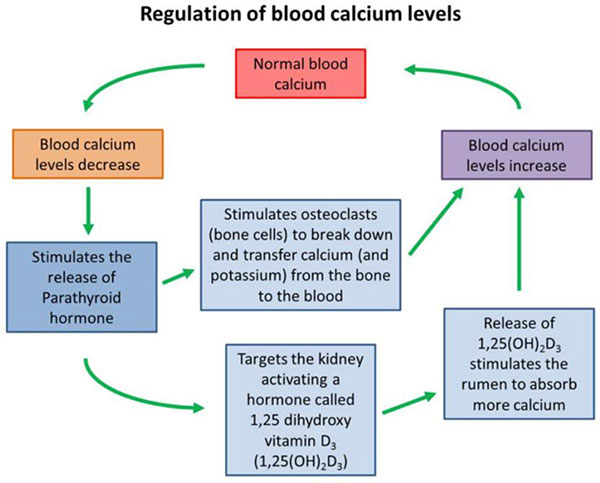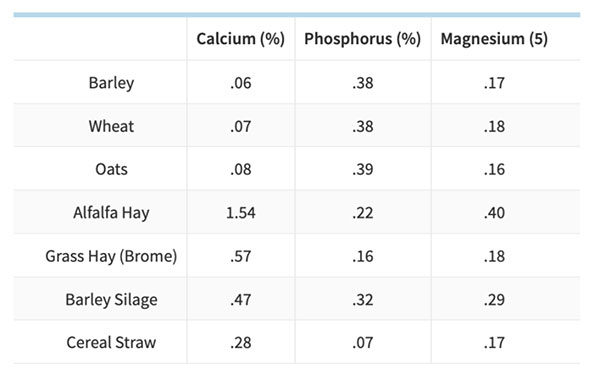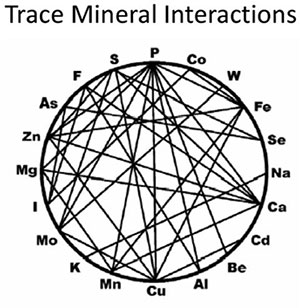
Figure 1. Blood calcium regulation diagram. Source Farm-Health Online.
Written by Darian Livingstone | Ceres Industries
(306) 653-7258 |
Calcium is the most abundant mineral in the body. It is arguably the most important mineral in the body because of its function in numerous body systems. Obviously, calcium plays a significant role in bone and teeth formation, but it also has a vital role in blood clotting, muscle contraction, milk secretion, hormone secretion, and numerous others. Many farmers have likely heard of the condition milk fever. Milk fever is a severe case of calcium deficiency, causing muscle weakness resulting in a downer cow. Unfortunately, cows can be calcium deficient long before they go down.
The animal body system is an amazing thing, complete with a series of checks and balances that keep calcium at a constant regular pace (see homeostasis). Vitamin D, calcitonin, and parathyroid hormone (PTH) all play a part in maintaining calcium levels in check. They do this by signalling to the kidneys or intestines to absorb or excrete more calcium based on the concentration in the bloodstream.
Most roughages are excellent sources of calcium, whereas cereal grains and silages tend to be quite low. This is why finishing cattle or intensive systems such as dairy often need to supplement calcium. Their feed sources don't supply adequate amounts of calcium for their animals' performance levels. A University of Saskatchewan study in 2002 showed that farms that had higher incidences of downer cows had diets that contributed to milk fever in beef cows near calving. These diets typically consisted of cereal greenfeed or silages, which have excess amounts of potassium in them. Affected cows will then require higher than normal doses of calcium/magnesium/phosphorus solutions.

Table 1. Average composition of selected feedstuffs in Saskatchewan.
However, don't assume that because your feedstuff has high calcium, your animals won't develop a deficiency. Minerals have a relationship with at least one other mineral (see Figure 1). Some of these relationships may be antagonistic, meaning that the addition of one mineral may inhibit the absorption of another. Other minerals work in synergy; the addition of one mineral aids in the absorption of another.
For example, magnesium and phosphorus both have a relationship with calcium. Calcium and phosphorus are antagonistic to each other. They should be at a 2:1 ratio of calcium to phosphorus to prevent one from inhibiting the other. If phosphorus is present too high in relation to calcium, it starts to impede calcium's absorption. On the other hand, magnesium and calcium have a synergistic relationship. They should be added at a 1:1 ratio to maximize the absorption potential of each mineral.

Figure 2. Mulder's diagram of mineral interactions depicts the minerals that interact with each other, either antagonistically or synergistically. The relationship is shown with lines connecting the two elements. Source: Agri-King.
Calcium deficiencies, or hypocalcemia, are typically seen in older animals because they don't have the ability to mobilize calcium from their bones as efficiently as their younger counterparts.
There are three stages of milk fever. In stage one, animals are hypersensitive and may have muscle tremors over their flanks. Animals may shuffle their feet and bellow frequently. During stage two, animals are unable to stand and will often be seen in a sitting position. Other symptoms include depression, low body temperature, and cardiac depression. In this stage, the neck may have a 'kink' to it since the muscles are tightening. In stage three, the animal will lose consciousness and will eventually slip into a coma or death. In both meat and dairy animals, the majority of cases will occur within one or two days of parturition since milk and colostrum use up a large amount of calcium.
It goes without saying that the prevention of calcium deficiencies comes with proper diet formulation and supplementation. However, over-supplementing calcium can cause the animals' ability to reabsorb calcium from their bones to become sluggish, which increases the risk of milk fever. Some nutritionists will advise reducing calcium supplements prior to parturition, so dams can 'relearn' how to mobilize skeletal calcium reserves. But calcium supplementation should resume at least one week before parturition. This practice can be easily accomplished in intensive operations such as dairy; however, on beef farms, the exact date of calving is usually unknown, so this practice is quite risky.
Feeding your animals a high calcium supplement 45 days before parturition can significantly reduce the incidences of calcium deficiencies. Saltec Supremix Breeder is a 3:1 premix aimed at improving milk and colostrum quality and reducing the occurrences of milk fever. Feeding this product three weeks before calving and until three weeks after bull turnout ensures your cattle receive all the vitamins and minerals they need to have a healthy calf and quickly recover for rebreeding. For more information, call Darian Livingstone at 306-653-7258 or email
References
Champness, D. 2007. Milk Fever (hypocalcaemia) in cows. Agriculture Victoria. [blog] http://agriculture.vic.gov.au/agriculture/pests-diseases-and-weeds/animal-diseases/beef-and-dairy-cows/milk-fever-hypocalcaemia-in-cows
Pandey, G. 2014. Role of calcium in human and animal health. Jigyasa 5:61-65 Parish, J., Rhinehard, J.. 2008. Mineral and Vitamin Nutrition for Beef Cattle. The Beef Site. [blog] http://www.thebeefsite.com/articles/1549/mineral-and-vitamin-nutrition-for-beef-cattle/
Saskatchewan Government. N.D. Minerals, vitamins, and macrominerals for beef cattle. Saskatchewan Government. [blog] https://www.saskatchewan.ca/business/agriculture- natural-resources-and-industry/agribusiness-farmers-and-ranchers/livestock/cattle-poultry-and-other-livestock/cattle/minerals-for-beef-cattle
Terra NutriTech. 2020. The Importance of Calcium in Cows – Animal Health. Terra NutriTech. [blog] https://terranutritech.com/the-importance-of-calcium-in-cows/

